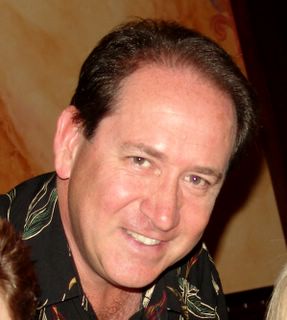Bush Spreads Fear like a Bird Flu Pandemic
I have thought through the scenarios of what an avian flu outbreak could mean. I tried to get a better handle on what the decision-making process would be by reading Mr. Barry's book on the influenza outbreak in 1918. I would recommend it…Jon Stewart on his Daily Show parodied Bush’s remarks by saying that it was really worse when the flu goes from bird to person, then back to bird, then back to person again. In case repeating Stewart in print wasn’t that funny, neither is the whole avian flu scare that is in the news every day.
…. The reporting needs to be not only on the birds that have fallen ill, but also on tracing the capacity of the virus to go from bird to person, to person. That's when it gets dangerous, when it goes bird-person-person. And we need to know on a real-time basis as quickly as possible, the facts, so that the scientific community, the world scientific community can analyze the facts and begin to deal with it…
…We're watching it, we're careful, we're in communications with the world. I'm not predicting an outbreak; I'm just suggesting to you that we better be thinking about it. And we are. And we're more than thinking about it; we're trying to put plans in place, and one of the plans -- back to where your original question came -- was, if we need to take some significant action, how best to do so. And I think the president ought to have all options on the table to understand what the consequences are, but -- all assets on the table -- not options -- assets on the table to be able to deal with something this significant.-- President Holds Press Conference 10/4/05
Fear not, fellow citizens—there is an intelligent response to this bird flu pandemic overreaching by the media: an editorial, titled An Epidemic of Overreaction in today’s Los Angeles Times easily and succinctly puts the entire issue in appropriate perspective. It is by Marc Siegel, internist and associate professor at the New York University School of Medicine and author of False Alarm: The Truth about the Epidemic of Fear (Wiley, 2005).
The key elements he addresses include the 1918 pandemic that Bush referred to in his news conference.
There’s more, but you get the drift. Fear and ignorance keeps the mob confused and malleable. Knowledge is freedom. Pass it along.Why the overreaction? For one thing, direct comparisons to the Spanish flu of 1918, a scourge that killed more than 50 million people worldwide, has alarmed the public unnecessarily. In fact, there are many scenarios in which the current bird flu won't mutate into a form as deadly as the 1918 virus. And even if we accept the Spanish flu scenario, health conditions in 1918 were far worse in most of the world than they are now. Many people lived in squalor; 17 million
influenza deaths occurred in India, versus about half a million deaths in the U.S…
…Fear is a warning system intended to alert us to impending danger. The bird flu, though a potential large-scale danger, is not impending.The facts are these: The current H5N1 avian influenza virus has not mutated into a form that can easily infect humans, and the 60 people in the world who have died of this bird flu have done so not because this bug is on the road to mutation but because millions of birds throughout Asia have been infected, and the more birds that have it, the more likely that an occasional human bird handler will be infected. Siegel


No comments:
Post a Comment
Comments signed Anonymous will not be published.